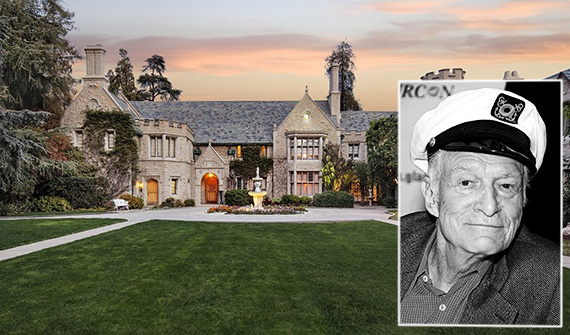Trending
Sellers of high-end LA homes are listing them warts and all

The Playboy Mansion isn’t the only big ticket L.A. home that needs more than a lick of paint.
Listings for high-end fixer-uppers — homes priced within the top third of the market that require major renovations — are on the rise in the LA metro area and are up by 41.8 percent since 2011, according to a new report by Zillow.
The uptick is reflective of a general nationwide trend of putting uber expensive homes on the market, warts and all. Across the country, there are 12 percent more fixer-uppers for sale today than there were five years ago, and even more among high-priced homes in coastal markets, Zillow’s data show. Meanwhile, affordably-priced fixer-uppers, or those within the bottom third of the market, have decreased 30.4 percent.
“Across the country, homes are selling fast and for high prices,” said Svenja Gudell, Zillow’s chief economist. “Sellers are in the driver’s seat, with the freedom to list their home for sale ‘as-is’ without worrying about price cuts or the home sitting on the market. And without sufficient new construction the housing stock has aged, so home buyers are finding more and more homes on the market in need of a little TLC.”
Gudell attributed the data in part to the fact that the age of the typical home sold has also nearly doubled in just nine years. In 2006, sold homes averaged 15 years old. By the end of 2015, the median age had jumped to 28 years.
One recent example of course is the Playboy Mansion, which sold for $100 million despite its shortcomings. Those who know the property previously told The Real Deal that the renovations will be an arduous — and expensive — process. They could even cost as much as the house itself.
“It’s in horrible disrepair and the whole place smells like a urinal,” interior designer Kenneth Bordewick told TRD.
Zillow identified the number of fixer-upper homes listed for sale beginning in 2011 and ending in 2015 and compared them to overall for-sale inventory trends. To identify fixer-uppers, the company mined historical listing descriptions for phrases like “fixer-upper,” “TLC” and “needs work.”




